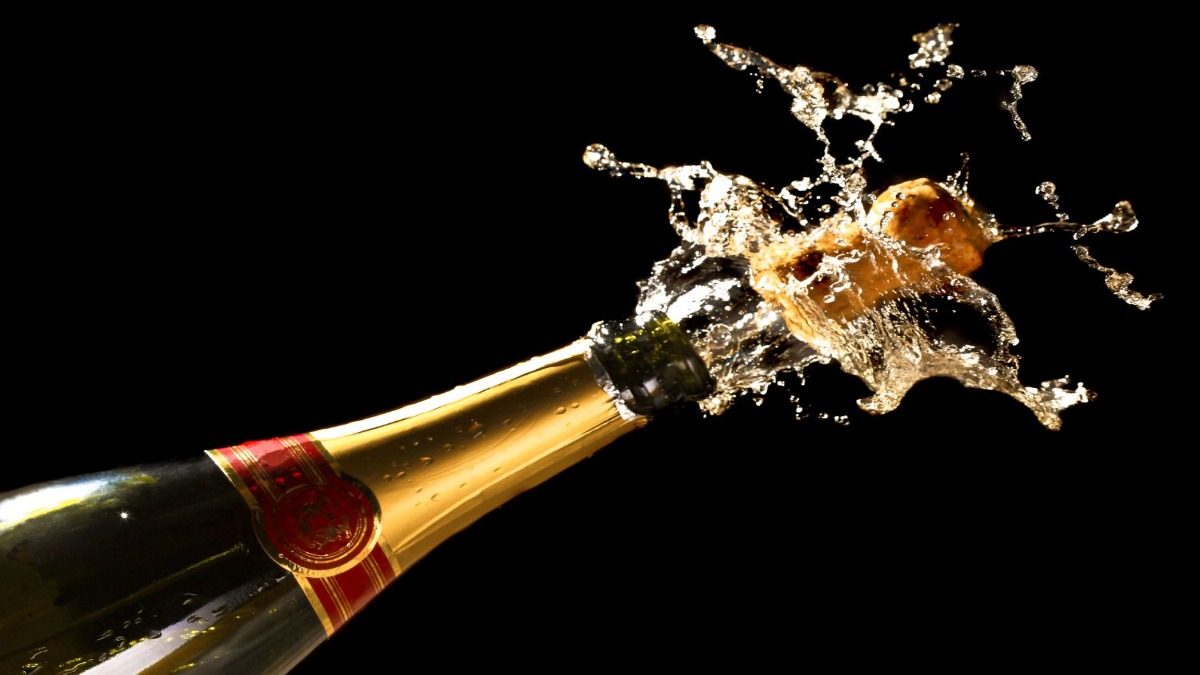Champagne, the luxurious sparkling wine from the Champagne region of France, is celebrated worldwide for its effervescence and elegance. However, the iconic beverage faces an existential threat in the form of climate change. Rising temperatures, shifting weather patterns, and extreme events pose significant challenges to Champagne production, leading to concerns about the future of this beloved wine. In this article, we’ll delve into the potential impacts of climate change on Champagne and explore the strategies being implemented to mitigate its effects.
The Impact of Climate Change on Champagne: Climate change poses a multifaceted threat to Champagne production, affecting various aspects of viticulture and winemaking:
- Warmer Temperatures: Rising temperatures can accelerate grape ripening, leading to a loss of acidity and flavor complexity in Champagne grapes. Additionally, higher temperatures increase the risk of heatwaves, droughts, and sunburn damage to vineyards, compromising grape quality and yield.
- Changing Weather Patterns: Climate change is altering traditional weather patterns in the Champagne region, resulting in more frequent and intense weather events such as storms, hail, and frost. These extreme weather events can damage vineyards, disrupt harvests, and reduce wine quality.
- Pest and Disease Pressure: Warmer temperatures create favorable conditions for pests and diseases that threaten grapevines, such as grapevine moth and powdery mildew. Increased pest and disease pressure can necessitate greater pesticide use and management practices, adding to production costs and environmental concerns.
Adaptation Strategies for Champagne Producers: In response to the challenges posed by climate change, Champagne producers are implementing various adaptation strategies to safeguard the future of their vineyards and wines:
- Vineyard Management: Champagne producers are adopting sustainable vineyard management practices aimed at enhancing soil health, conserving water, and promoting biodiversity. Techniques such as cover cropping, composting, and integrated pest management help improve vine resilience to climate stressors.
- Grape Varieties: Some Champagne producers are experimenting with alternative grape varieties that are better suited to warmer climates. While Chardonnay, Pinot Noir, and Pinot Meunier are the traditional Champagne grape varieties, new hybrids and resistant varieties may offer resilience to climate change-induced challenges.
- Technology and Innovation: Advances in vineyard technology and winemaking techniques enable Champagne producers to monitor weather conditions, optimize irrigation, and minimize environmental impact. From precision viticulture tools to carbon-neutral practices, technology plays a crucial role in adapting to climate change.
- Collaboration and Research: Champagne houses, vineyard associations, and research institutions collaborate on scientific research and innovation projects aimed at understanding and mitigating the impacts of climate change. By sharing knowledge and resources, stakeholders work together to develop sustainable solutions for the Champagne industry.
While climate change poses significant challenges to Champagne production, proactive measures and collaborative efforts offer hope for the future. By embracing sustainable practices, exploring new grape varieties, and leveraging technology and research, Champagne producers can adapt to a changing climate while preserving the integrity and quality of their wines. With collective action and innovation, the Champagne industry can navigate the complexities of climate change and continue to delight wine enthusiasts for generations to come.

